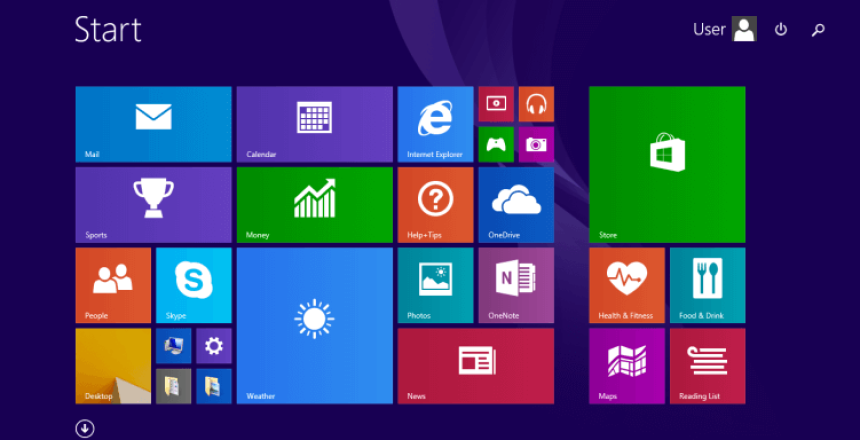Just a note to anyone still using Windows 8.1, Microsoft is ending support for the operating system on 10th January in line with 10 years of this operating system
Windows 8.1
Windows 8.1 was conceived as a replacement for Windows 8 in that it answered the biggest problem that Microsoft faced, no start button.
In Windows 8, there was no start menu for users of previous Windows operating systems to use, so Microsoft released 8.1 to fix that problem with a start button, which merely switched between the application you were running and the default tile view.
Most users of older operating systems used the desktop view because it looked similar to their older operating system, then used a classic menu which gave them a start menu.
Windows 10
Most Windows 8 users took the opportunity to switch to Windows 10 when that came out, as it has support for the tile view when switched to tablet mode, and shares the tiles with the start menu, reflecting both Windows 7 and Windows 8 views in one place.
Windows 10 was designed to be the “catch all” for previous operating systems and would extend the life of these computers to 2025.
Windows 11
Officially, Windows 11 only runs on newer hardware from 2018 that features the TPM 2.0 chip, UEFI and Secure Boot. Although these can be overridden to install on older hardware that doesn’t support these features, it is certainly less than ideal. Considering that installing Windows 11 on a new machine takes 2 hours from switch on generally, an older system takes considerably longer to install, and you can pretty much forget about upgrading.

